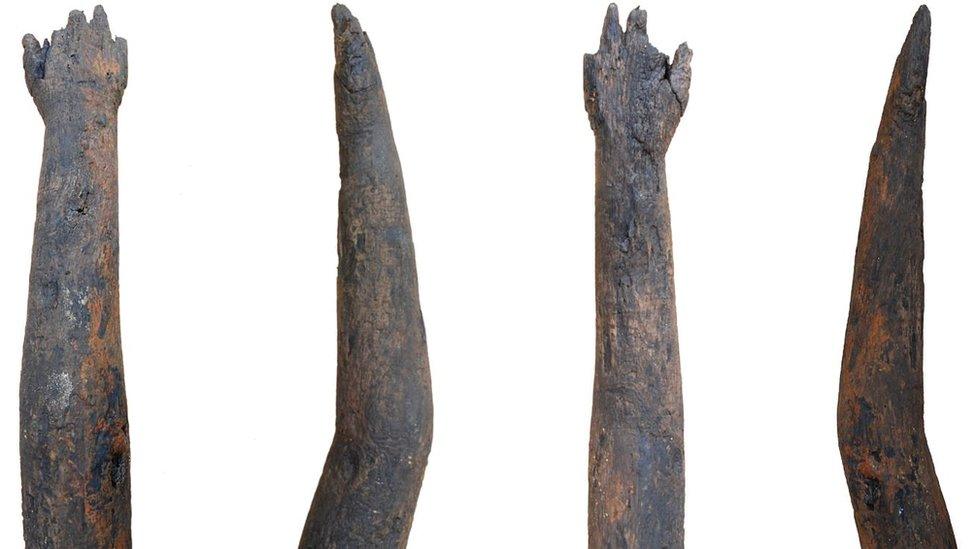Wroxeter 'pendants' turn out to be Roman make-up tools
- Published

Roman women would use the tool to grind charcoal, soot and chalk to use as make-up
Roman artefacts which experts believed for decades were pendants have been re-identified as make-up tools.
They were mistaken for "lunate pendants" when they were last examined in the 1970s because of a loop which allowed them to be carried on a cord.
But curator Cameron Moffett, from English Heritage, discovered the mistake while digitising a collection.
She said the pestle and mortar sets were "hugely important to understanding women" in Roman Britain.
"These objects literally changed the face of Britain," she said.
Latest news from the West Midlands
The tool sets, made from copper alloy, were found in Wroxeter in Shropshire in the early 20th Century but it is unclear exactly when.
They were specially shaped to be used on the eye for applying liner and shadows and used to grind minerals for make-up, which allowed women to achieve their look using charcoal, soot and chalk without importing expensive products like kohl.
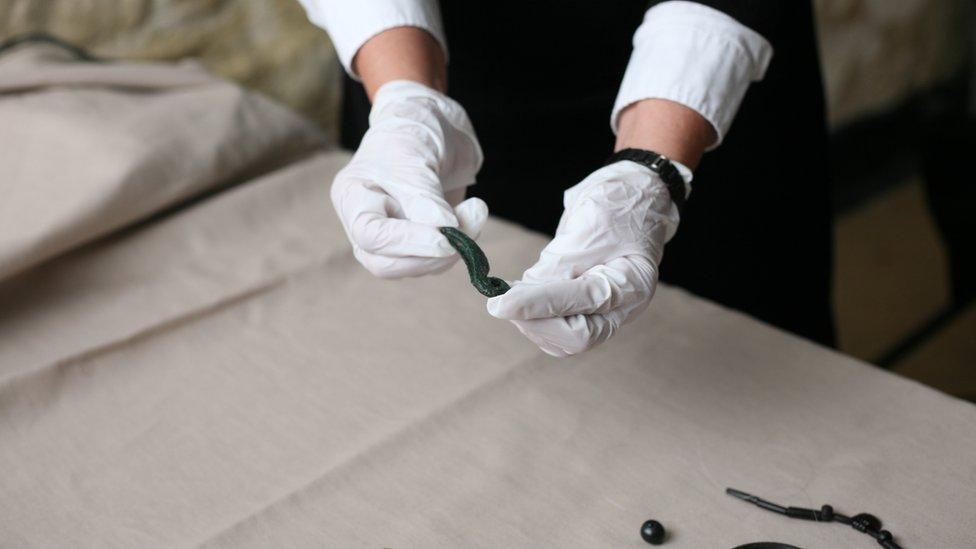
A loop in the design meant they were mistaken for pendants
Make-up tools were developed in the first century AD in response to beauty trends from other corners of the Roman Empire, English Heritage said.
Ms Moffett said "cultural influences spread" and British women would style themselves in a similar way to women in Egypt, which was part of the Empire at the time.
Virtually all women in Roman Britain would wear make-up and the fashion was for pale skin, pink cheeks and dark eyes and brows, she explained.
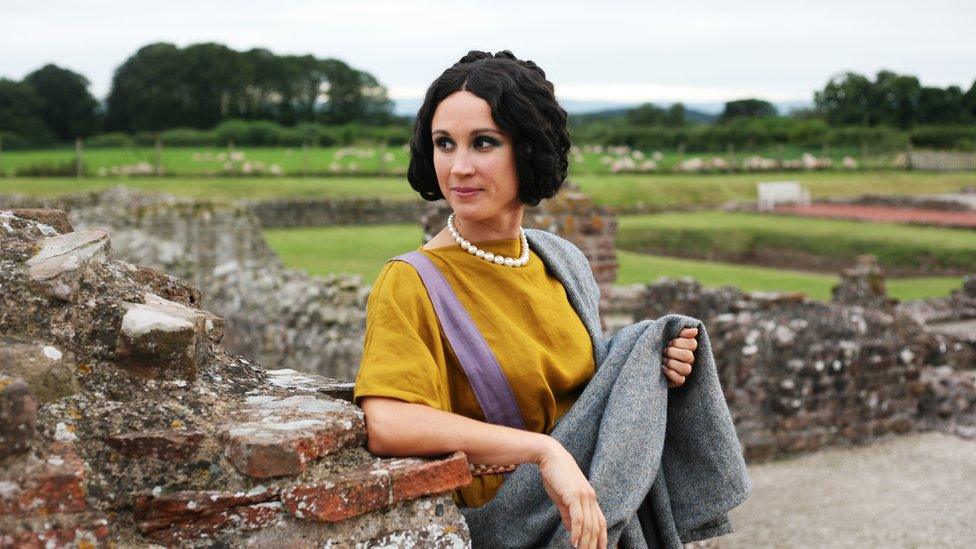
Dark eyes and brows paired with pale face make-up and pink cheeks was a fashionable look in Roman fashion
Ms Moffett realised the mistake in cataloguing the tools as pendants because of their shape and the fact the pieces split in two.
The discovery highlights that Wroxeter, near Shrewbsury, was a thriving and metropolitan Roman city more than 2,000 years ago, according to English Heritage.
You might also be interested in:
The hidden dangers of magnet fishing
What's wrong with doing make-up on a train?
What's it like to live in a castle?
"When we think of the Roman period, conversation is often dominated by the masculine realms of influence - from emperors and politics to battle tactics," Ms Moffett said.
"But of course women played a key role. It's these functional, everyday items that really paint a picture of relatable women, to whom make-up was wholly accessible, following the trends of the time and using tools so similar to the ones we use today."
The items are on display at Wroxeter Roman City.
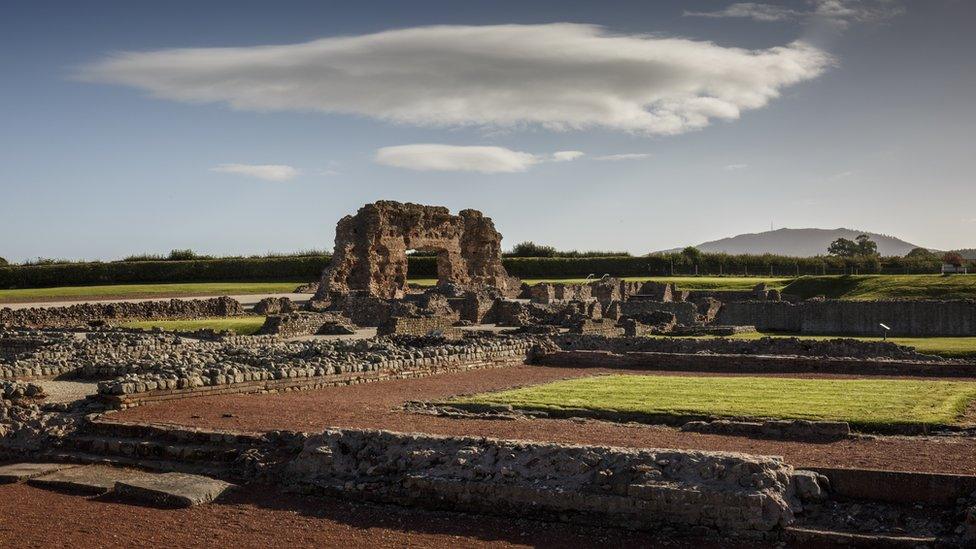
Wroxeter was one of the largest Roman cities in Britain

Follow BBC West Midlands on Facebook, external, on Twitter, external, and sign up for local news updates direct to your phone., external
- Published30 August 2019
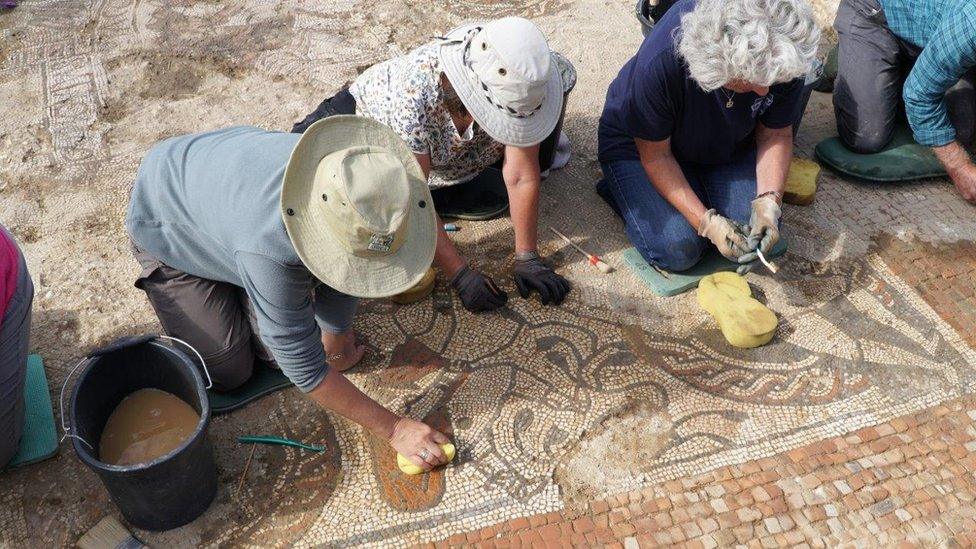
- Published4 September 2019
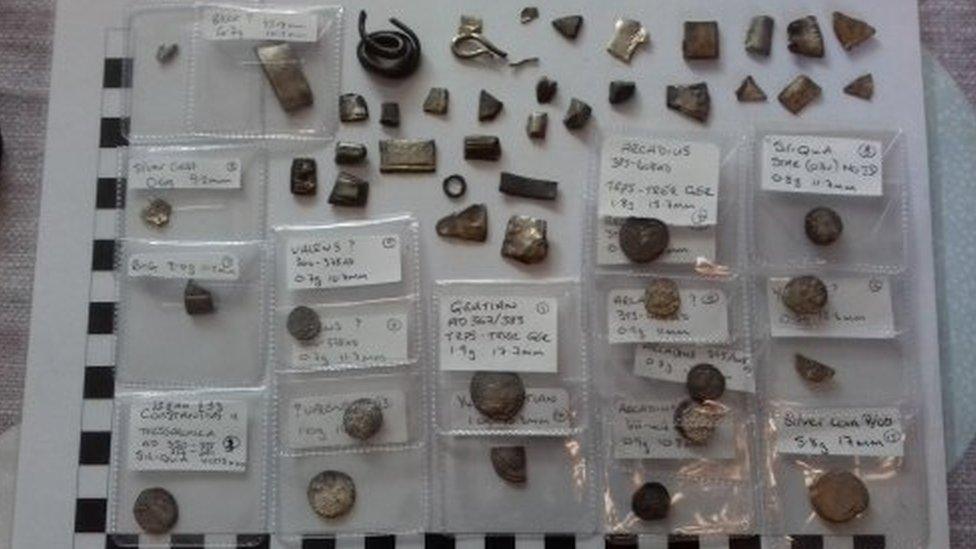
- Published28 August 2019
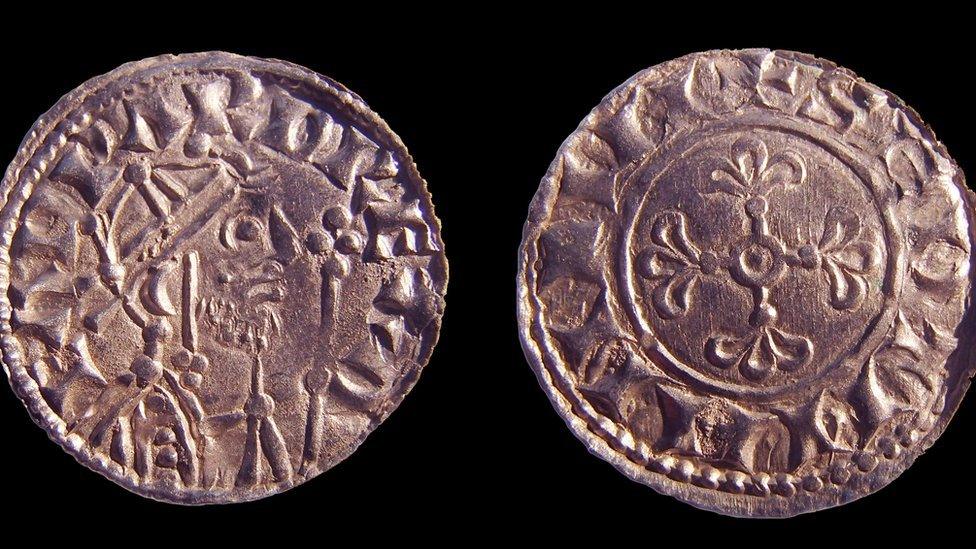
- Published22 June 2019
